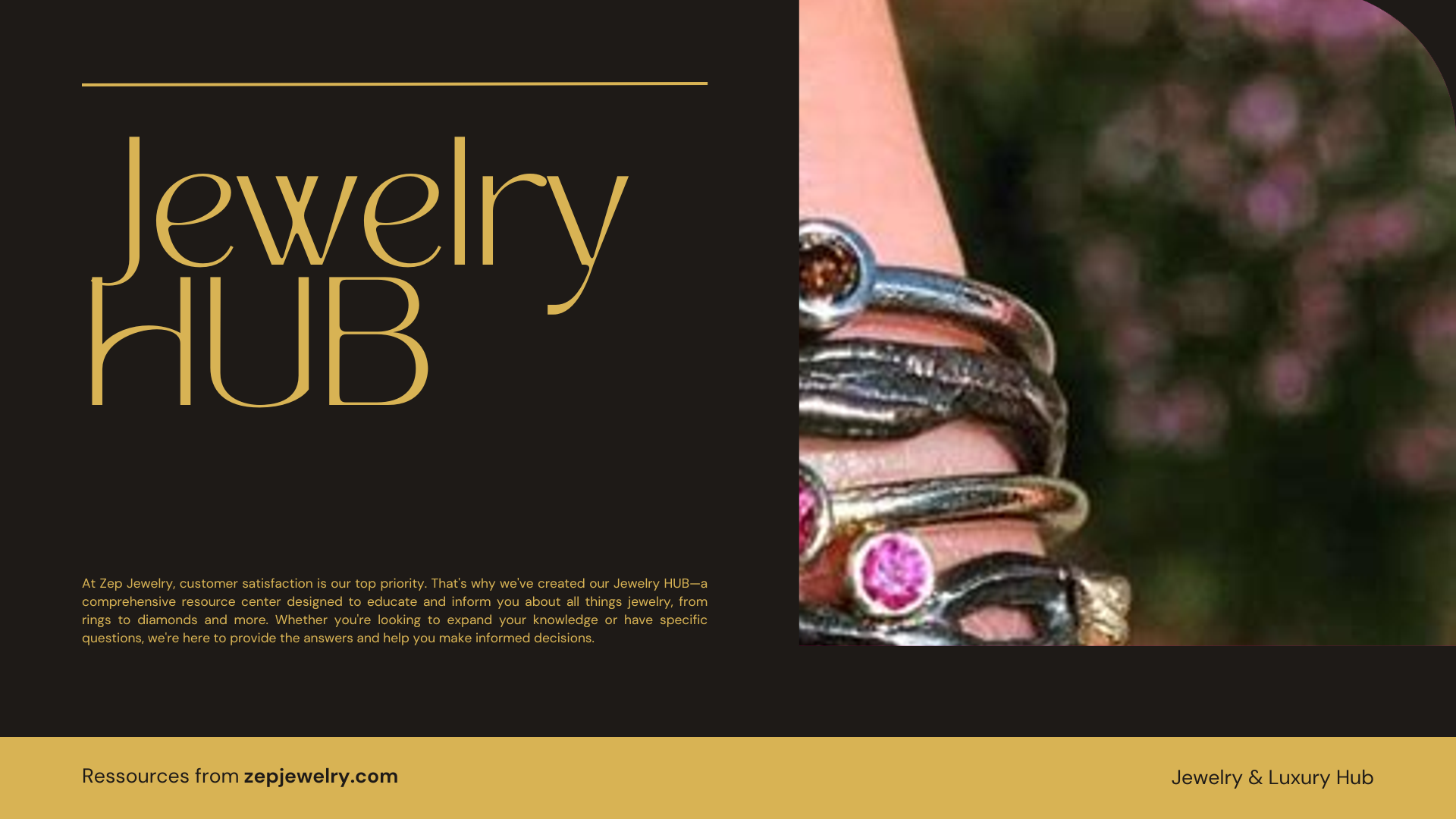Have you ever noticed your beloved silver ring transforming into a shadow of its former self, cloaked in an unsightly black film? It’s a common dilemma for jewelry lovers, leaving many to wonder why their cherished pieces tarnish. This process is not merely a sign of neglect; it’s a chemistry class unfolding right on your finger. The interaction between silver, copper, and the environment creates a perfect storm for tarnishing, sending your jewelry on a one-way trip to the dark side. Let’s unravel the mystery behind this phenomenon and discover how you can keep your sparkle intact.
Why does my jewelry tarnish and turn black?
Tarnishing is a common concern for jewelry enthusiasts, particularly those who adore silver pieces. Your jewelry turns black primarily due to a chemical reaction between the metal and various environmental factors, as well as substances produced by your body. When it comes to silver, the presence of copper within its alloy, which typically comprises 92.5% silver and 7.5% copper, considerably heightens its susceptibility to tarnishing. This is because copper readily interacts with moisture, air, and sulfur compounds, often found in sweat, lotions, or even prevalent in certain environments—especially coastal regions where sulfur can be abundant in the air.
The tarnishing process can be accelerated by a myriad of factors. For instance, when you sweat, your body releases chemicals that may react with the silver, leading to a dull sheen or blackened appearance. Additionally, environmental conditions such as humidity and exposure to pollutants also play crucial roles in this process. In coastal areas, where the air may carry certain sulfides, silver jewelry can tarnish more quickly. Therefore, even if your silver jewelry sits untouched on a dresser, it can still tarnish over time due to the chemical properties of the surrounding environment.
But don’t fret! Tarnish isn’t necessarily a sign that your jewelry is of poor quality; rather, it’s a natural reaction to the metal’s exposure to different elements. Regular cleaning and proper care can help maintain the original luster of your jewelry. Simple items, such as a soft polishing cloth, can handle light tarnish, restoring your pieces almost instantly. For more severe cases, solutions involving baking soda and aluminum foil can be particularly effective, enabling you to restore your beloved silver to its brilliant shine. Remember, the act of wearing your silver jewelry actually helps prevent tarnishing, as the natural oils from your skin create a protective barrier, keeping the tarnish at bay.
Is wearing tarnished jewelry harmful to my skin?
While tarnished jewelry itself isn’t typically toxic, it can cause skin irritation, especially if the tarnish contains silver sulfide, which forms when silver tarnishes. For people with sensitive skin or allergies to certain metals, wearing tarnished jewelry may exacerbate these conditions, causing discoloration or a rash. Regular cleaning and maintenance can minimize these risks and keep your jewelry safe to wear.
How can I effectively remove tarnish from my silver jewelry?
There are several effective methods for removing tarnish. A simple light polish with a soft cloth can restore shine for mild tarnishing. For more significant tarnish buildup, you can soak your jewelry in a mixture of one-third Simple Green and two-thirds water, or apply a paste of baking soda and water. A popular home remedy involves placing the jewelry on aluminum foil in a container lined with foil, then pouring boiling water mixed with baking soda over it. This method exploits chemical reactions where tarnish transfers to the foil, restoring the silver’s luster.
What environmental factors cause jewelry to tarnish rapidly?
Jewelry can tarnish hastily due to exposure to environmental contaminants like chlorine, sulfur, and high humidity. For instance, living near the ocean where sulfur from decomposing seaweed is prevalent can lead to overnight tarnishing. Additionally, exposure to harsh household chemicals and personal care products can accelerate the tarnishing process, making care and storage crucial for maintaining jewelry’s appearance.
Can my body chemistry affect how quickly my jewelry tarnishes?
Yes, your unique body chemistry plays a significant role in the tarnishing process. Factors like sweat composition, pH levels, and natural oils can contribute to how quickly your jewelry tarnishes. For example, individuals who sweat more or produce different types of oils may notice their jewelry tarnishing faster than others. This highlights the importance of personal habits and hygiene in maintaining jewelry condition.
What’s the role of alloy composition in tarnishing?
The alloy composition in sterling silver jewelry contributes significantly to tarnishing rates. Sterling silver is made of 92.5% silver and 7.5% alloys, commonly copper. The copper content not only provides strength but also increases susceptibility to tarnishing since it reacts more easily with environmental elements. Some jewelry makers are now experimenting with alternative alloys like Argentium, which contains germanium and shows improved resistance to tarnishing compared to traditional sterling silver.
How can I prevent my jewelry from turning black in the first place?
To prevent tarnishing, keep your jewelry away from chemicals found in pools, hot tubs, and household cleaners. Store your jewelry in airtight bags to limit exposure to air and moisture when not in use. Regular cleaning with a polishing cloth and wearing your jewelry frequently can also help minimize tarnish buildup, as the wear provides a protective layer of oils from your skin. If you live in a coastal area, consider limiting outdoor exposure during high-sulfur conditions to maintain your jewelry’s shine.
